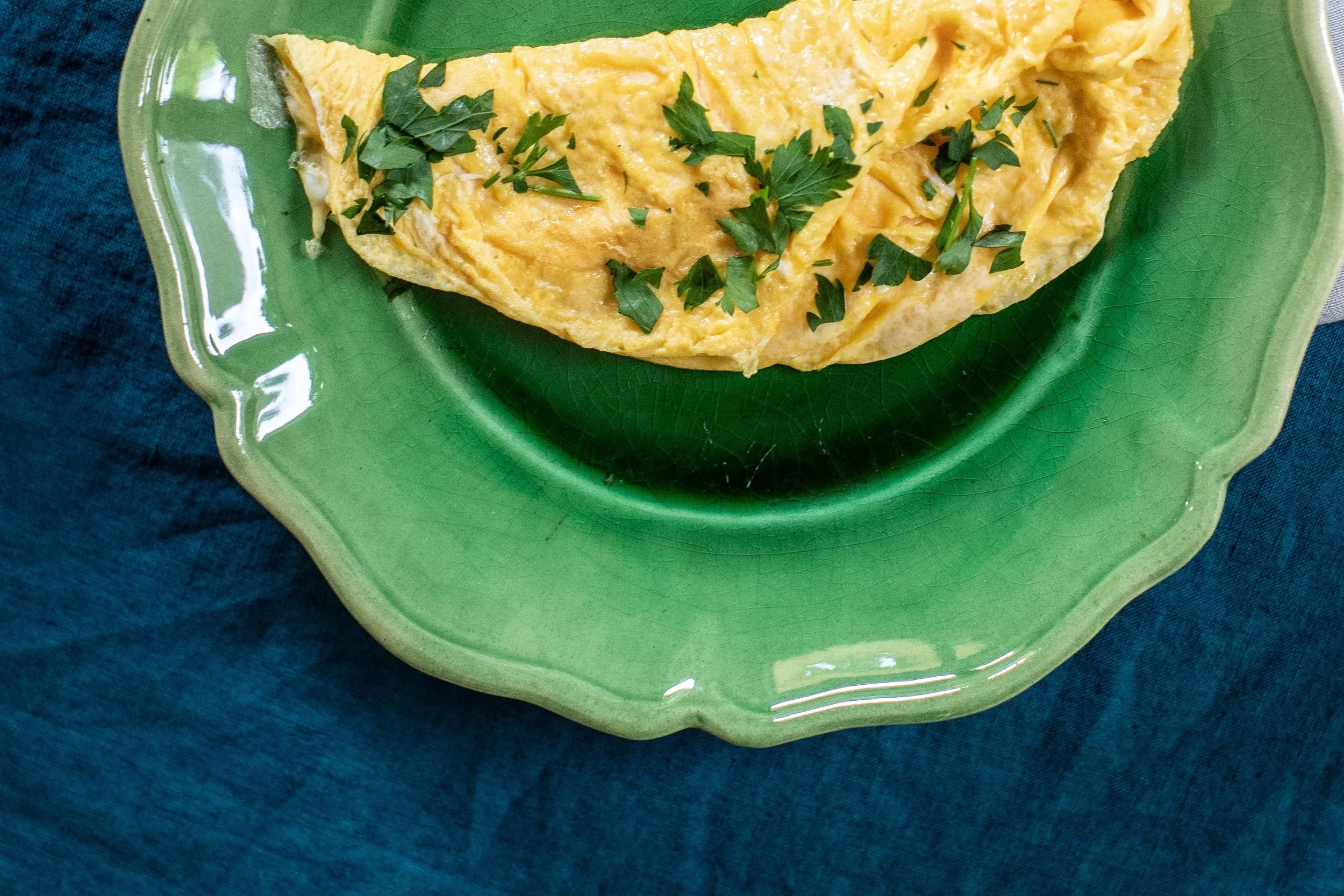Why is Butter (Sometimes) Better?
If you have ever followed a famous chef or watched a cooking show, you have probably noticed the omnipresence of butter in the kitchen. Chef greats like Emeril, Rachel Ray, Nigella Lawson- and even La Pitchoune’s visionary icon Julia Child - have always kept butter close by. We’re big fans of butter in our dishes – but perhaps not “Iowa State Fair” level fans. (At least not quite yet.)
But we certainly get it. Have you ever woken up to the smell of buttered toast, or melting butter over pancakes? The rich, heavenly, creamy scent luring you out of sleep? Did you scoff when you realized how much butter a crunchy, gooey dump cake recipe requires, or indulge like a bull in a china shop? Have you ever witnessed the way a baker creates a tray of true, French-inspired croissants? It involves hours of dough kneading, prep, and rising… and quite a bit of butter. Alternating layers of butter with dough to help create that perfectly delicate texture. There’s nothing quite like it.
In fact, if you tuned in to even the first episode of La Pitchoune: Cooking in France, you would have the memory of our first cooking experience with our guests in mind: the ultimate omelet. We have used this tried and true meal to introduce our cooking school students to recipe-free cooking for years. And the ingredient that makes a world of difference to the end product? Butter. Butter brings that brilliant flavor and provides that light-as-air fluff to the dish.
But we do understand that people can get hung up on the nutritional value of butter, and the claims that it can negatively affect your health. While butter is, admittedly, higher in calories and fat than alternatives, it also contains several important nutrients, like vitamins A, D, and E, calcium, niacin, and phosphorous. In moderation, it can actually be a healthy part of your diet, helping you to feel fuller longer. The vitamin E found in it can contribute to healthier skin, and vitamin D can help eaters to develop stronger bones.
If you are trying to lower your caloric intake, look for items with less saturated fat. This can be important in aging adults, especially if your family has a history of heart disease. Olive and canola oil-based butter spreads can be great alternatives in this case.
In France, the process of making butter widely involves culturing, which allows bacteria to be introduced to the cream. Because of this, a lot of the sugars that you may find elsewhere are converted into lactic acid, which drastically adjusts the flavor of the butter. If you don’t believe us, ask our guests! We have had at least one cooking school attendee exclaim that they wanted to take an entire suitcase full of butter home from France. (And we do not disagree.)
While we like to work with an array of different fats in the kitchen, butter is a tried and true for texture, volume, flavor, and - quite frankly - whimsy.




